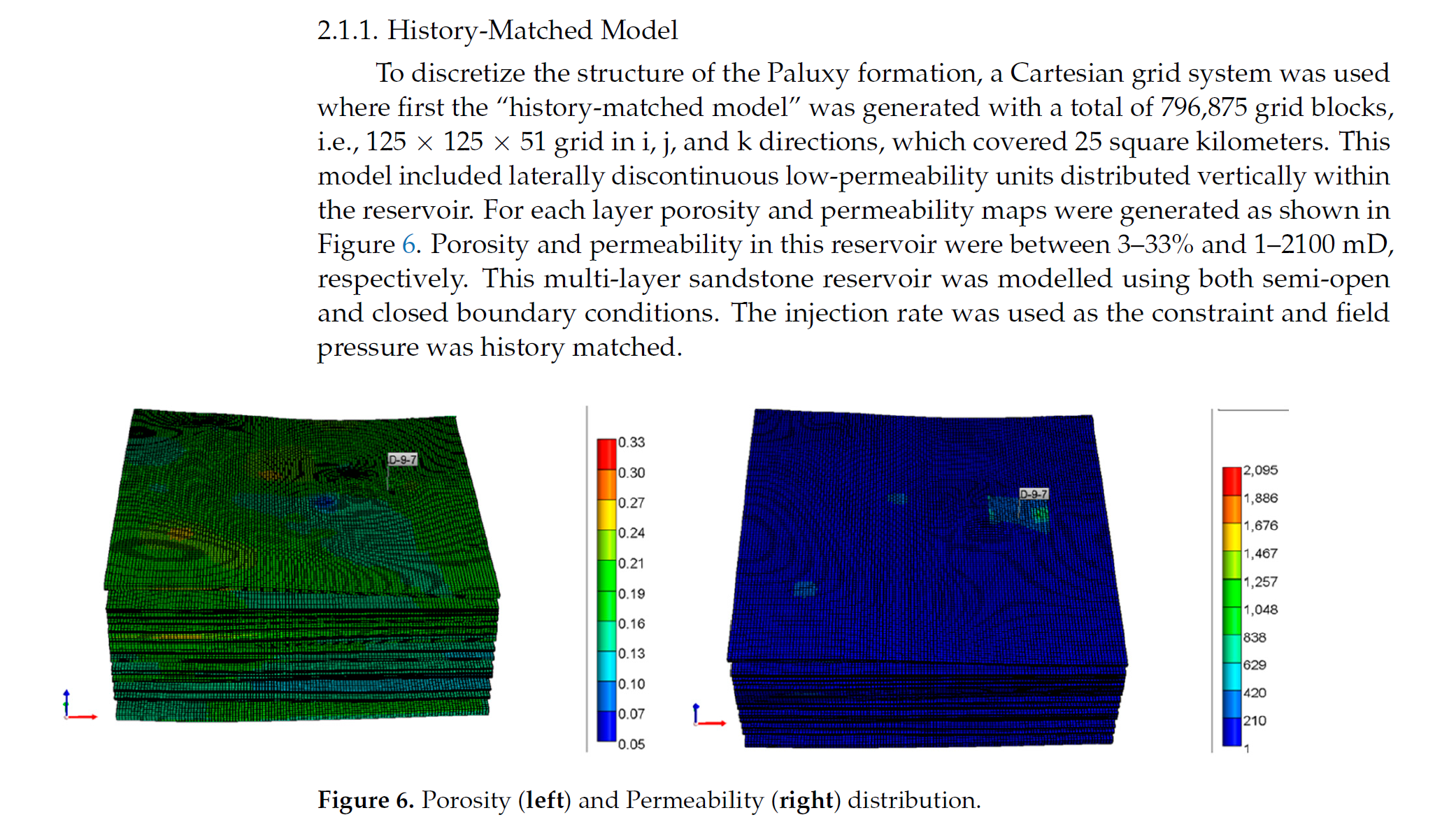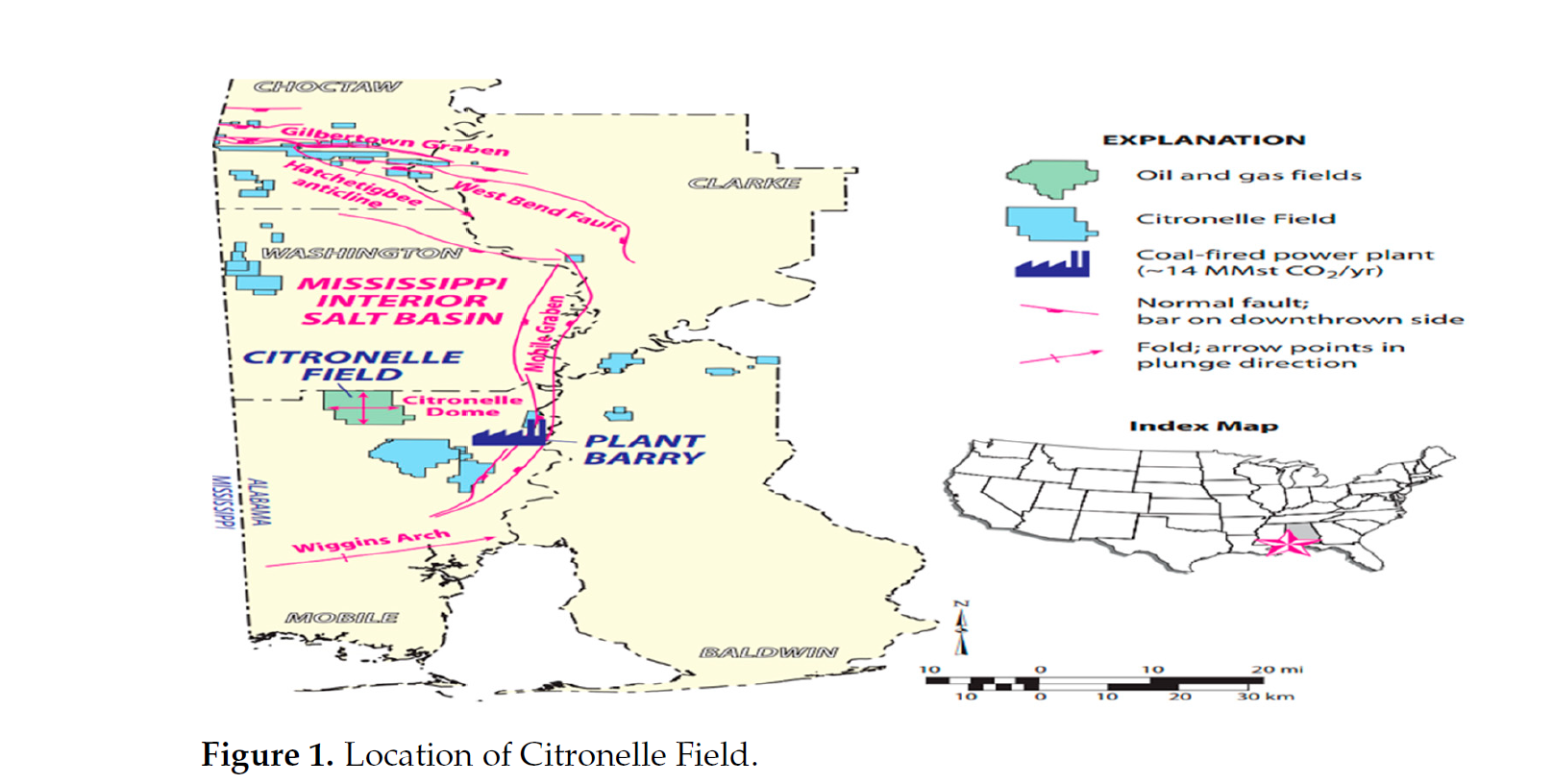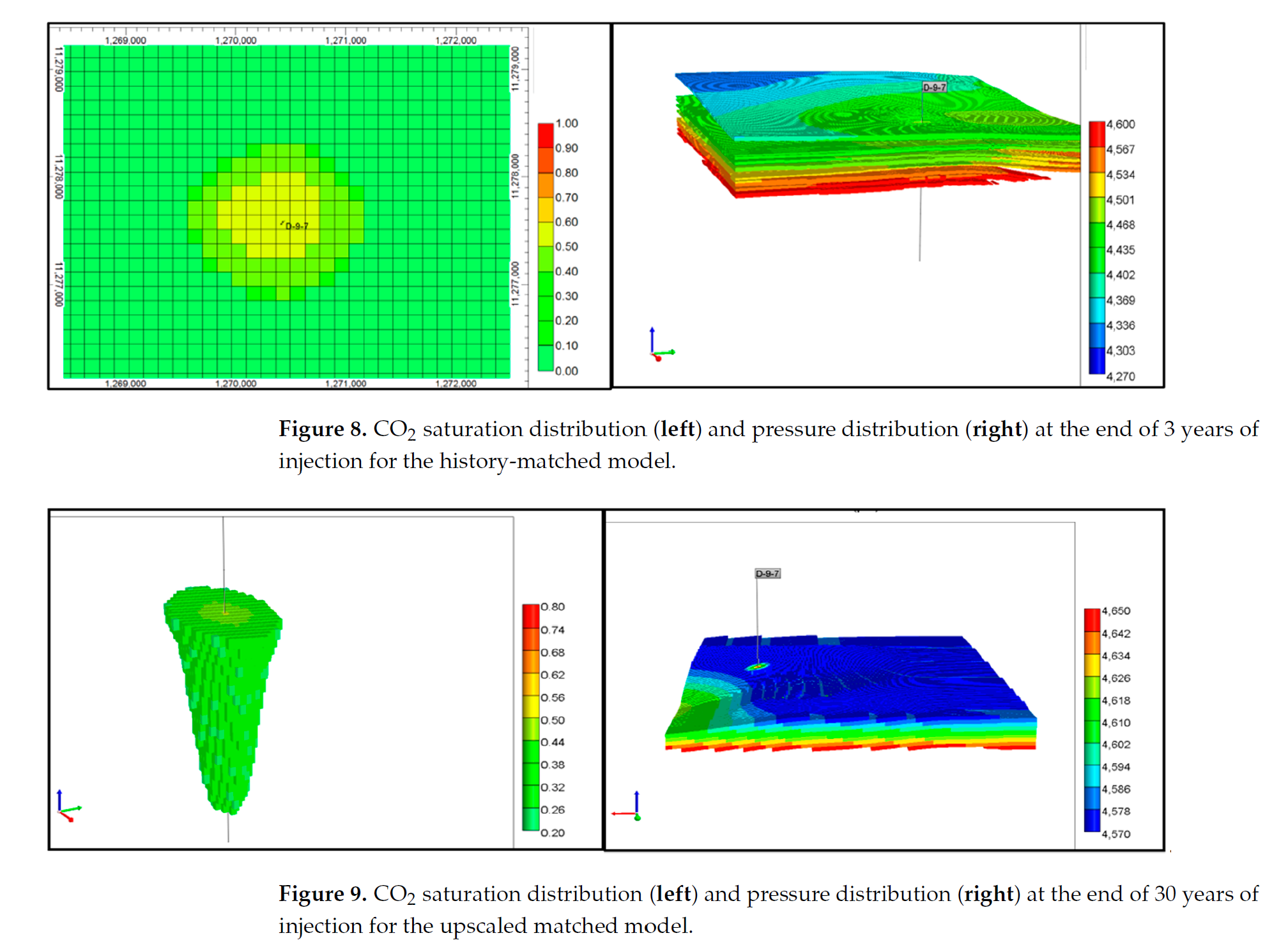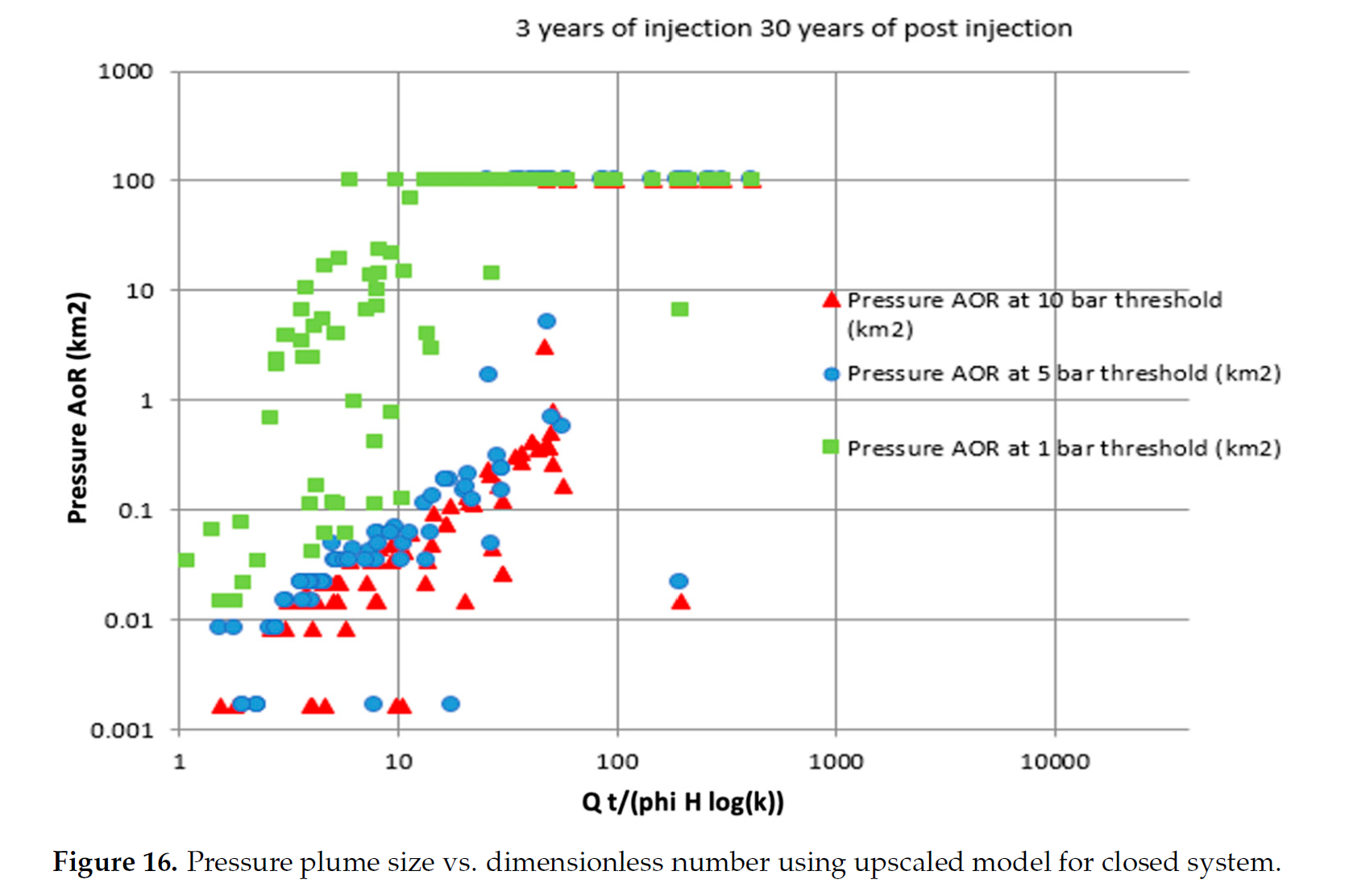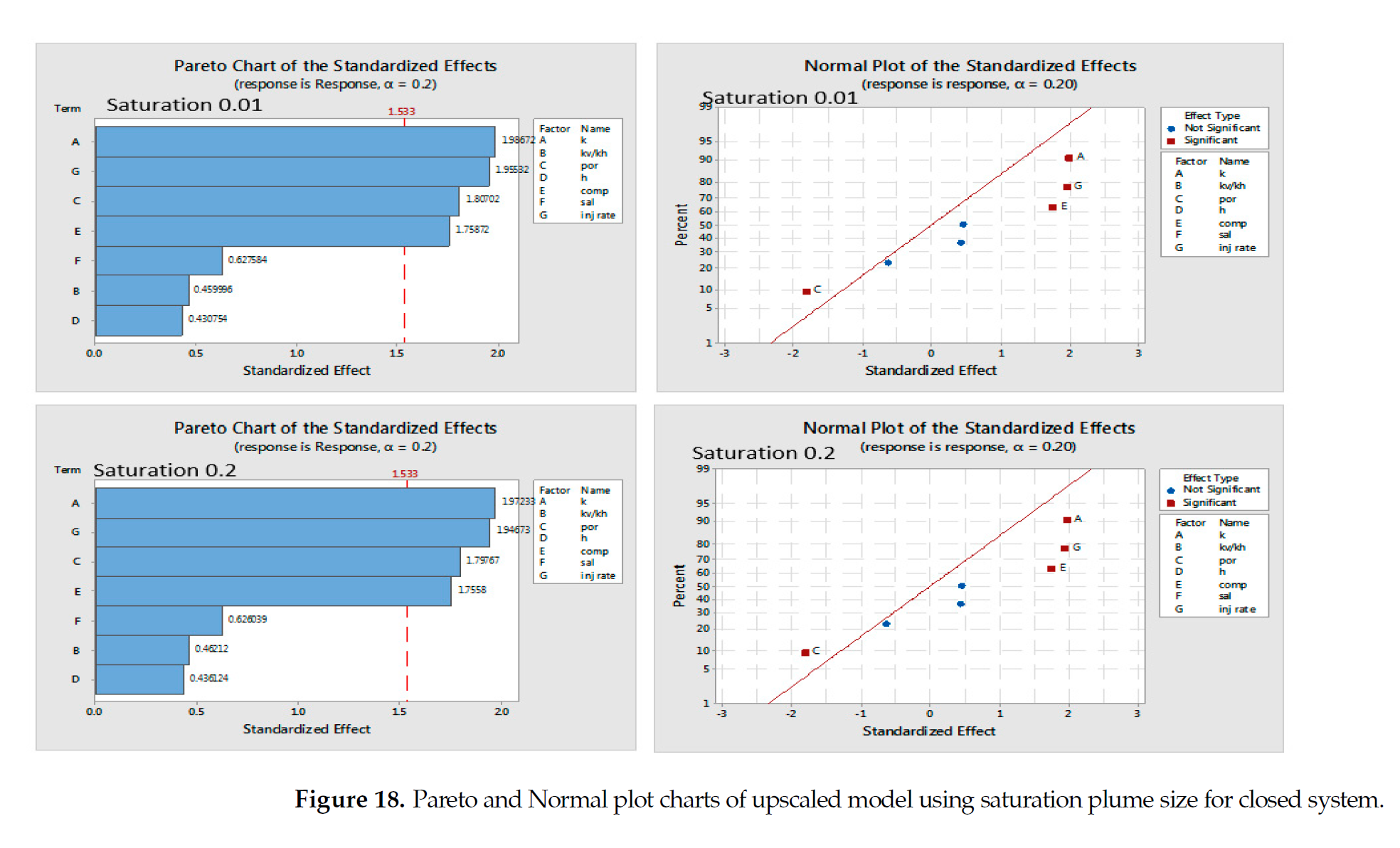地下二氧化碳封存的主要问题是了解地层的井注入能力和存储能力、注入期间和注入后的CO2压力和饱和羽流延伸,以及与CO2泄漏和断层活化相关的风险。咸水层被认为是通过构造、残余、溶解和矿化捕集机制封存CO2的目标地层之一。咸水层的边界条件决定了注入的超临界CO2的压力和饱和羽流延伸,这些超临界CO2可能会扩展很远。可能导致风险源,例如,由于存在井筒、贼层和地质不连续性,导致的泄漏和/或断层活化。因此,迫切需要开发一种模型,描述风险相关的各种指标(如CO2饱和羽流大小、压差羽流面积和特定位置的压差)如何随着注入量、注入后时间、注入操作条件和地质环境的变化而变化。
Impacts of Different Operation Conditions and Geological Formation Characteristics on CO2 Sequestration in Citronelle Dome, Alabama
Abstract
Major concerns of carbon dioxide (CO2) sequestration in subsurface formations are knowledge of the well injectivity and gas storage capacity of the formation, the CO2 pressure and saturation plume extensions during and after injection, and the risks associated with CO2 leakage and fault reactivation. Saline reservoirs are considered as one of the target formations for CO2 sequestration through structural, residual, dissolution, and mineral trapping mechanisms. The boundary condition of the saline reservoir dictates the pressure and saturation plume extension of the injected supercritical CO2 that could expand over large distances. This can lead to sources of risk, e.g., leakage and/or fault reactivation due to presence of wells, thief zones, and geological discontinuities. Therefore, there is a critical need to develop a model that describes how risk-related performance metrics (i.e., the CO2 saturation plume size, the pressure differential plume area, and the pressure differential at specific locations) vary as a function of the size of injection, time following injection, injection operations, and geologic environment.
In this study, a systematic reservoir modeling studies of anthropogenic CO2 sequestration in Citronelle dome, Alabama, was performed where all relevant scenarios and conditions to address the questions of the saturation and pressure plume size in the area of review (AoR) and post-injection site care (PISC) are considered. The objective for this study was firstly to systematically simulate CO2 sequestration, i.e., saturation dynamics, and pressure behavior over a range of operational and geological conditions and to derive conclusions about the factors influencing saturation and pressure plume size, post-injection behavior, and the risk associated with them, by developing third-generation reduced order models (ROMs) for reservoir behavior. Finally, to assess the uncertainty associated with our studies, Latin Hypercube Sampling (LHS) together with an experimental design technique, i.e., Plackett–Burman design, was used. Application of Pareto charts and respond surfaces enabled us to determine the most important parameters impacting saturation and pressure plume sizes and to quantify the auto- and cross-correlation among different parameters in both history-matched and upscaled models.
